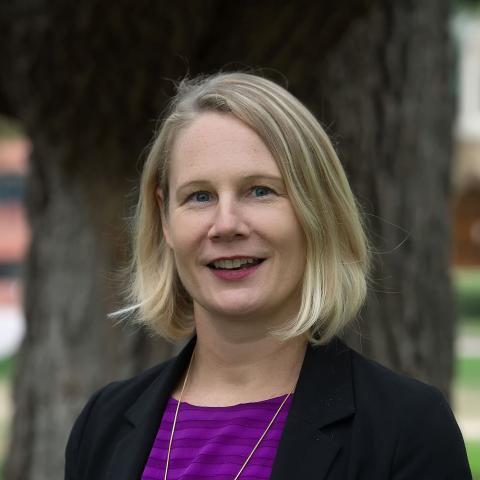In the first three years of open enrollment for the Affordable Care Act’s (ACA) health insurance marketplaces, the federal and a number of state governments worked aggressively to promote the value of health insurance, educate consumers about available financial assistance, and enroll individuals in coverage. Nearly all marketplaces—including the federally run marketplace and most state-operated marketplaces—saw incremental enrollment gains each year, despite the law’s lower level of funding for outreach activities following their launch, as well as an increasingly charged political environment.
For the fourth open enrollment period (OEP) ending in early 2017, momentum behind enrollment efforts dwindled at the federal level following the presidential election. The new administration pushed to repeal the ACA and made a last-minute $5 million cut to outreach funding for the federally facilitated marketplace—a reduction that is under investigation by the U.S. Department of Health and Human Services’ Office of Inspector General—leading to the first decline in enrollment. Meanwhile, some state-based marketplaces took a different approach, boosting enrollment efforts and finding short-term solutions to cost increases, that appears to have had an impact. Their success demonstrates the effectiveness of outreach in increasing enrollment in the marketplaces. Such enrollment is likely to increase the affordability of premiums by maintaining balance in risk pools.
Fourth Open Enrollment: Federal vs. State-Based Marketplaces
At the close of the fourth OEP, more than 9.2 million consumers had selected coverage through the federal marketplace, reflecting a decline of 4 percentage points from 2016. Among the 17 states maintaining some or total control of marketplace functions, eight experienced a year-over-year reduction in plan selections, while nine saw a yearly increase. Though the majority of states saw a selection change of +/– 5 percentage points, four states—Colorado, Massachusetts, Minnesota, and Washington—experienced double-digit increases in selections.
Potential Factors Influencing Enrollment Changes in State-Based Marketplaces
Yearly enrollment gains are increasingly difficult to achieve and often require more targeted outreach—and these challenges were compounded by the ACA repeal threat. As a result, some state-based marketplaces took additional steps to promote enrollment toward the end of the sign-up period, which may have had a positive effect on final selections.
- Oregon invested an additional $100,000 in advertising in response to the administration’s decision to cut outreach;
- Minnesota enacted a bill providing more than $300 million in premium relief to residents enrolling in marketplace coverage who miss the eligibility threshold for advanced premium tax credits;
- Washington extended the hours of its Customer Support Center, fielding more than 44,000 customer calls in the seven days leading up to the enrollment deadline; and
- Some states—including California, Colorado, and Minnesota—extended the enrollment period by a few days to allow consumers to complete started applications.
Among the state-based marketplaces that saw enrollment declines, several had successful enrollment in other markets or had made decisions that could have contributed to a decline. For example:
- Connecticut reported that insurers’ decisions to cut or eliminate broker commissions for 2017 likely reduced enrollment, as 8,000 to 10,000 consumers with 2016 coverage that did not reenroll for 2017 had used brokers in the past. As a result, the exchange voted unanimously to require insurers to pay broker commissions in 2018.
- In October, when outreach is usually well under way, Kentucky was still in the process of transitioning from a fully state-based marketplace to a marketplace run on the federal platform. Relinquishing some controls to the federal system, in addition to criticism by a new governor who ran on dismantling the marketplace, could have affected enrollment, as consumer representatives warned.
- While New York’s marketplace enrollment declined, it was largely a result of the continued implementation of a basic health program, which provides coverage for adults that fall between Medicaid and subsidy eligibility. Overall, enrollment into a non-Medicaid/Children’s Health Insurance Program health plan rose by more than 250,000 compared to 2016.
Looking Forward
While it’s difficult to identify the exact factors that led some states to experience high enrollment gains while others did not, early data suggest that state-based efforts to make larger investments in outreach and consumer assistance likely had an impact.
To help keep coverage options affordable, it’s important to create a balanced risk pool by bolstering enrollment among healthy people. As illustrated, many state-based marketplaces demonstrated a commitment to this goal this year and saw results, while the federal marketplace scaled back efforts late in the game and suffered the consequences. Maintaining stable marketplaces with affordable premiums will likely require continued outreach by federal and state authorities.







